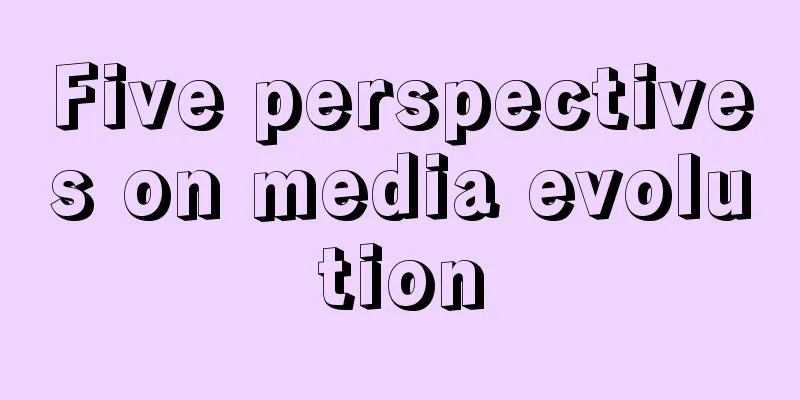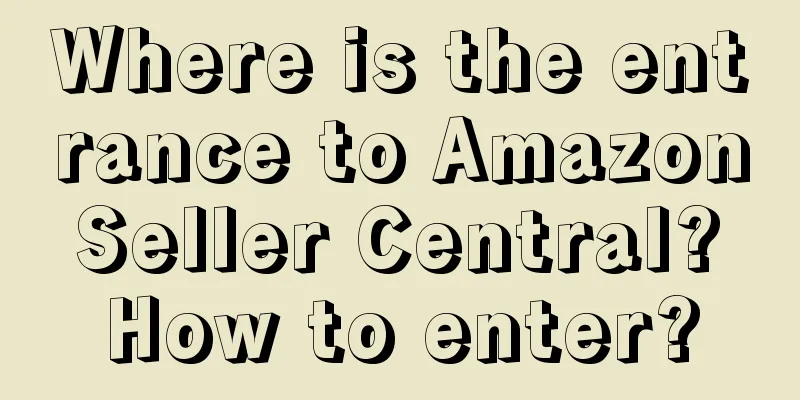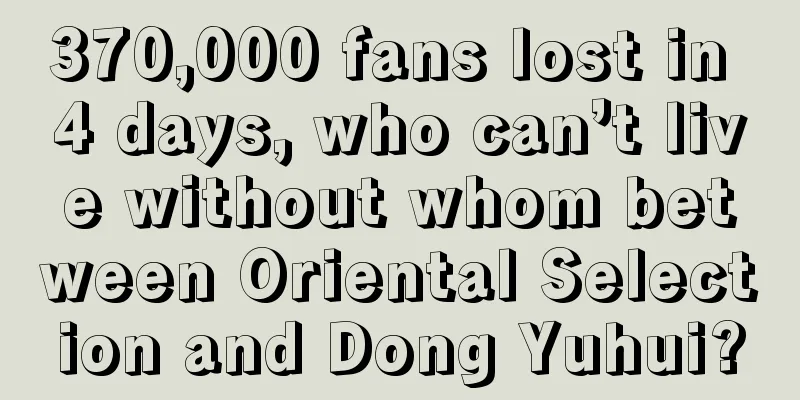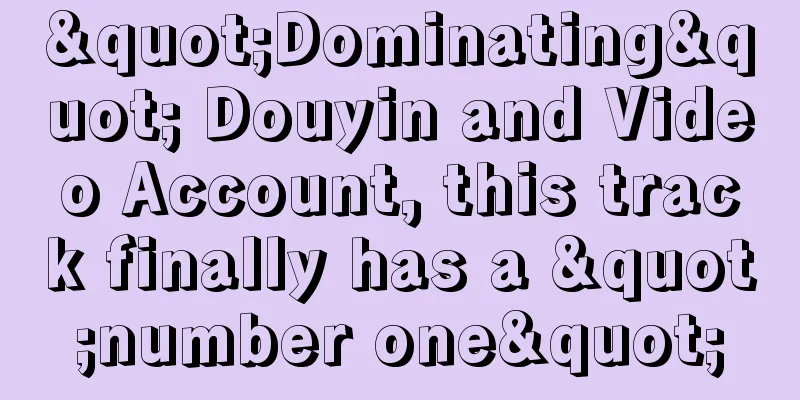Five perspectives on media evolution

From the first day of work, everything I do is related to the media. During the process, I continued to learn and grow. During this period, I recorded a lot of content about the evolution of media in the form of "card writing", which was never published in the note-taking software. They are cognitive knowledge. Whenever I am confused about marketing and content dissemination, I will take them out and read them regularly. Maybe they cannot give me any suggestions on "how to do" in specific matters. However, I think it will be of great help in understanding the media form. 01The first one is about two important scholars in the field of media: Marshall McLuhan and Neil Postman. Marshall McLuhan is a Canadian scholar who is very famous in media theory. He once said an interesting point: "The medium is the message." The meaning behind this sentence is that different media have different impacts on society. There is a typical example in the book: In "The Poverty of Philosophy", Marx mentioned that hand looms would take you back to feudal society, while steam engines would bring about an industrial capitalist society. Similarly, the society with express horses, the society connected by telegraph lines, and the society we now use the Internet to connect are all different types of societies formed by different media. Media researchers often say that media are like imaginary prosthetic limbs, an extension of human sensory organs. For example, if someone takes your mobile phone away for a day, you may feel very uncomfortable and even a little lost. McLuhan proposed the concept of "global village" in the era before the Internet. This means that due to the development of electronic technology, television and other communication technologies, people all over the world can share information quickly and widely, just like living in a small village. Neil Postman is an American educator and media theorist. He mainly studies how media technology affects people's cognition and social structure. In his book "Amusing Ourselves to Death", he said that people live in two ages: the age of books and the age of television. The media has its own characteristics. Books seem more serious because of their linear logic, while TV seems shallow because of its fragmented and jumpy content. Reading requires quietness and concentration, while watching TV is a distracting process. The images on TV switch quickly, and the amount of information is so huge and fast that it is difficult to pay attention to details and follow the plot at the same time. For example, in a news program, a picture that only lasts for a few minutes or even seconds is unlikely to make you think deeply (once you start thinking, the next news comes). So, when you read a book, you are processing information, but when you watch TV, you are just passively receiving information. What Postman is worried about is that all serious public topics have become entertainment, with no one really supervising and everyone busy with entertainment. He believes that instead of spending a lot of time and energy building a society that monitors everything, it is better to simply allow information to flood, distract people's attention, hide the truth in the ocean of information, and ultimately let people "die" in entertainment, using too many choices to make people feel they have no choice. Therefore, after understanding the views of McLuhan and Postman, we can see that media are not just technical tools, but a powerful force that shapes society and culture. 02After talking about the impact of media on society, let’s talk about: Why has technological progress changed culture and communication methods? When studying the relationship between technology and culture, Neil Postman mentioned the process of development from "tool-using culture" to "technology-dominant culture" and finally to "technology-monopoly culture". What is the difference between these three evolutions?
Therefore, this theory reflects how technological progress has gradually changed from assisting cultural development to having a decisive influence on cultural forms. Marx also raised this question. He said: “Would a hero like Achilles have been possible after the invention of dynamite and cannonballs? Could an epic poem like The Iliad have been written with the printing press?” He felt that the advent of the printing press put a stop to traditional rap and song and dance, as if even the Muse had stopped moving forward and the conditions for creating epics had disappeared. Postman also used the example of African tribes to illustrate this point: In that tribe, people would borrow fire from their neighbors at night, a custom that made adultery almost impossible, but since the advent of matches, this custom has quickly disappeared. There was also the promotion of mechanical clocks in the 14th century. King Charles V of France required people to arrange their lives according to the clock, which greatly standardized people's daily lives. Gutenberg invented the printing press in Europe, and although he was a devout Christian, this technology naturally challenged the church because the popularity of books weakened the church's authority over the interpretation of the Bible. Looking at the progress of media, communication tools are becoming more and more advanced, but we have overlooked a question: "Do we really need to talk so much?" The flood of information has forced us to think, has the advancement of communication technology really made concise expression no longer important? Why do we chat with friends for two hours just to ask "Have you eaten? Is it delicious? Will you go there again next time?" We've even brought these everyday pleasantries online, simply because it's convenient. There is another strange phenomenon: After the invention of the car, blacksmiths and coachmen thought their jobs would become more important, but in fact, they became victims of technological progress. In the process of technological monopoly culture, losers and winners cheered together. This is a strange scene. Those who were deprived celebrated with those who benefited. Therefore, if you think that technology is supreme, I hope these examples will make you rethink. While pursuing technological development, should we also protect and promote human traditional culture and values? 03Since technological development is unstoppable, let’s think about this: What is the medium of progress? In my opinion, it must be those media with more efficient content, faster dissemination speed and wider audience coverage. The first media college established in the early days of the founding of New China was not called the Newspaper College, but the Broadcasting College. This is because radio can quickly convey the party's voice to thousands of households and rural frontiers, while text cannot do this. WeChat is doing just that - using the name of progress to let new media do the work of old media. Zhang Xiaolong is a senior whom we respect very much. We all know his status and that of WeChat. Needless to say, the chat boxes, Moments and public accounts in WeChat are all text-based. for example: If you open your Moments, you will definitely not know what the other person wants to express if there is no text description. Open your Moments and count how many pictures with text? Look at the cover of the video account again. Isn’t there a lot of words written on it? And the links in the circle of friends are basically lines of text. This makes people feel that the entire ecosystem of WeChat is actually for reading articles. The official account is actually an extension of magazines and PC Internet blogs, and is particularly suitable for those who "only write long articles" (this is what Zhang Xiaolong said). Even short news in newspapers are hard to find on public accounts, because the creators may feel that writing a 300-word article on a public account that can be read in one minute seems unprofessional. More importantly, every word in the official account is written and edited on a computer, which reflects the nature of the official account as a medium. In 2021, Zhang Xiaolong said at the WeChat Open Class: "When we consider short content, whether to use text or video, video may be the mainstream in the content field in the next ten years." He also mentioned: "We should add something under the Moments. I wanted to create a non-friend circle, where you can post short texts, photos and videos, to complement the friend circle." He also said: "Although we are not sure whether text or video represents the progress of human civilization. But in terms of personal expression and consumption, it is indeed moving towards video.” The original intention of the video account was to provide a platform for public content sharing for those who do not often use Moments; WeChat has a vague view of video and text. Although people are used to using text, they feel that the "consumption level" of videos is higher. This is due to market pressure. WeChat believes that the “length” of content is the essential issue, rather than media thinking. McLuhan said in the 1960s: "Books are obsolete." What he meant was that radio and television had taken over the role of the primary media, and people were getting more information from these media than from books and other printed materials. Unfortunately, even in recent years when video has become popular, WeChat's ecosystem is still the largest pool of text information on the entire Internet. Therefore, from a media perspective: the essence of WeChat is to iterate the traditional media form represented by offline books and move online, while products and functions are just different entrances and forms of display. 04In this case, it also verifies the saying: new media is the evolution of old media. There is an interesting view on the relationship between new media and old media: text is the content of the telegram, the telegram is the content of the newspaper, and then radio and television contain all of the previous content. To use a vivid metaphor, the new media is like a big tree. The trunk is the main new media, and the branches are various old media. So, are the old mediums gone? Actually, no. They are still there, but they are no longer the main players. For example, today’s mobile phones integrate the functions of television, radio, and newspapers. Although these old media still exist, they have become part of the functions of mobile phones and are no longer the main playback tools. After inheriting McLuhan's ideas, Logan discovered more. for example: He said that although the content of chatting on a mobile phone and a landline is the same, the effect and feeling are completely different. This shows that new technologies have not only changed the way we receive information, but also created a new communication environment. But the process by which old media become obsolete is sometimes obvious and sometimes less obvious: for example, handmade utensils, once common tools in agricultural societies, become works of art in industrial societies. Although traditional media such as opera still have their audiences today, they are no longer the main form of entertainment for the masses. McLuhan also mentioned "rearview mirror thinking", which means that we tend to look at new things with our past understanding. But now, many Internet companies try to provide traditional media content on mobile phones, such as movies, television, magazines, etc., but they fail to grasp the core trend of videoization. Therefore, the new media did not completely replace the old media, but combined them into a new form. Such changes not only retain the functions of the old media, but also make them more effective and influential, creating a new way of communication and information consumption environment. Just like short videos, the text does not disappear, it is as if they exist in two parallel spaces. 05That being the case, let’s talk about the impact of video on images and texts. Short videos are very popular now. Whether it is buying clothes, seeing a doctor, studying, or applying for insurance and loans, more and more things can be solved through videos; in the future, most Internet companies will have to rely on videos to promote themselves, which is the power of video. However, short videos are not only available on TikTok, nor is it the only way. For example, WeChat Video Account is for acquaintances to watch; Bilibili is a cultural community for young people; Kuaishou is more popular in the grassroots market. This means that in many fields, such as sports, car sales, and even local life services, there are opportunities to develop through video. Let's talk about the video itself. Why can't you swipe up when watching a video, but not swipe left or right, or watch multiple frames at the same time? Why can't you mark, tag, or edit the video? These are things that video platforms have not yet done. Moreover, it is still difficult to search for information through videos, for example, using text to find videos. These can be improved in the future. As for live broadcast and virtual reality (VR), they are also part of video. Live broadcast can turn edited content into real-time live broadcast. But not all situations require live broadcast. In many cases, the audience does not need to watch in real time. VR goes a step further and allows us to experience content in three-dimensional space, but there are actually not many scenes that really require this panoramic experience; if VR is just a technical show without good content support, then it will not be of much use. Therefore, video is not just a tool, it has become a new medium. In the future, videos, whether live broadcast or VR, need to better combine content and technology to truly play their roles. In this way, video can become a powerful driving force for e-commerce and other services. OK, let me repeat these five points: Media is not just a technical tool, but a powerful force that shapes society and culture; technological progress has changed traditional culture and ways of communication; the essence of WeChat is to iterate the traditional media form represented by offline books and move it online. New media is the evolution of old media. Video is also a new medium. It does not make text disappear, but replaces some functions. Finally, the potential space of video has just begun. SummarizeThe medium is still evolving. I don’t know if there will be a more advanced form of media than video in the future as AI technology develops. However, in a few decades, video will definitely have a more flexible space like text. Author: Wang Zhiyuan Source: WeChat public account: "Wang Zhiyuan (ID: Z201440)" |
<<: With beauty product sales declining, is Bilibili a new oasis?
>>: The tragedy of "refund only" of Pinduoduo, Douyin, Taobao, and JD.com
Recommend
Who made money on Xiaohongshu by being "abstract"?
"Xiaohongshu's 'abstract' style, ...
I sell "soil" online and earn 50 million yuan a year
Today, the GMV of the green plant e-commerce marke...
How long does it take for Amazon to pass the review after registration? What information is required to register with Amazon?
Speaking of Amazon, I believe many people are fami...
What is the difference between digital credit cards and physical credit cards? Do they share the same credit limit?
In today's digital age, credit cards, as an im...
How to deal with Amazon's taxes? How to apply for tax refund?
As cross-border e-commerce is booming, Amazon, as ...
Can I appeal to regain my Amazon store association? What are the consequences?
After your store is linked on Amazon, you generall...
What should I do if the Amazon parent body cannot be edited? How to deal with it?
When opening a store on Amazon, you may still enco...
Catering is trapped by low prices, and group buying destroys the experience?
"Group buying special offers, compete for a g...
Can an individual run an overseas warehouse on eBay? How to run an overseas warehouse on eBay?
As a cross-border e-commerce platform, eBay has de...
Recognizing User Value and Transactions [Final Chapter]
The author of this article discusses user value fr...
The million-dollar hit video gained 300,000 followers. Is the music section of Bilibili finally welcoming a "hard-working" UP host?
The music section UP @BBoxer Chieftain gained over...
Does Lazada require a credit card? How to do it?
For many merchants who want to do business on Laza...
Is it profitable to open a store on Amazon? How to choose products?
As the Amazon platform continues to grow, more and...
Is Shopee cross-border e-commerce profitable? What is the logic behind making money?
Today I will introduce you to cross-border e-comme...
Master these 15 marketing strategies to make your sales soar
In a highly competitive business environment, effe...









